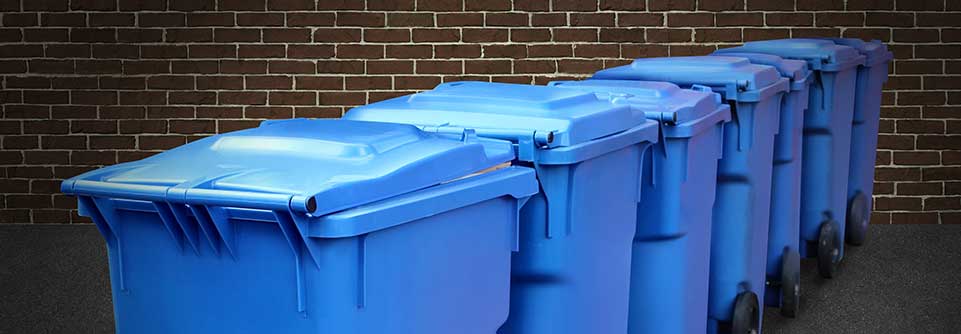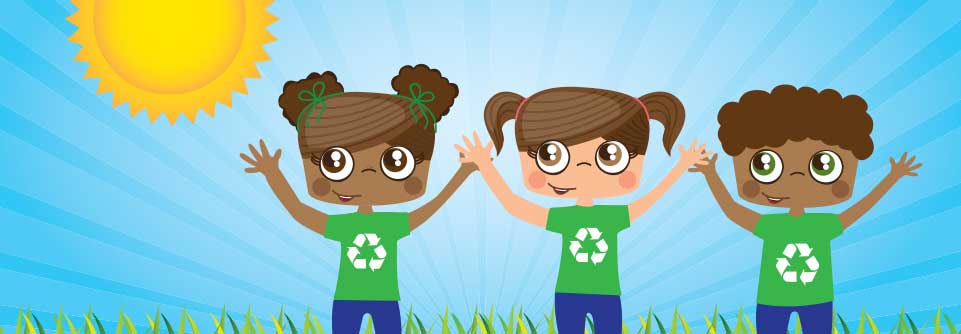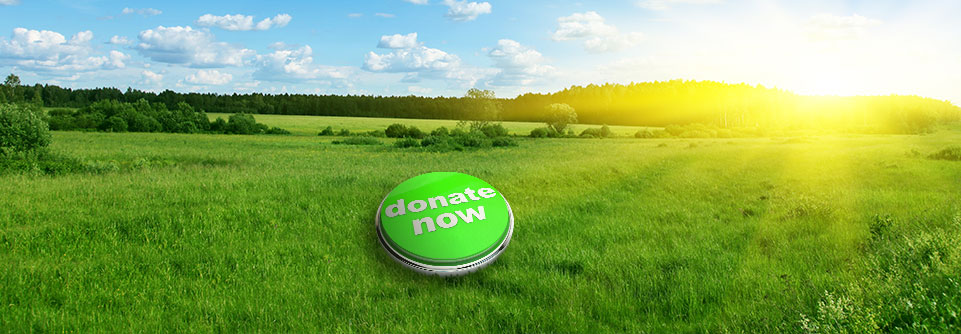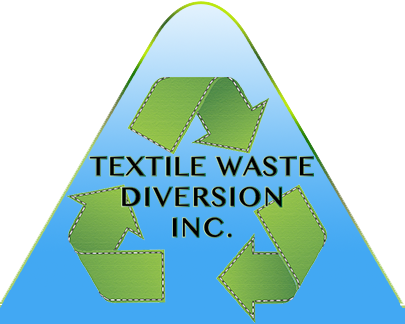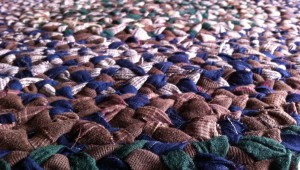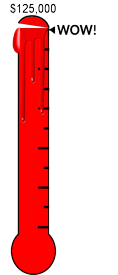
Thanks to your support, we were able to donate $125,000 to Canadian registered charities.
Repurpose Textile Scraps Into Beautiful Rugs!
by Textile Waste Diversion Inc.
Do you have a creative craft or use for old textile waste? We’d love to showcase it on our blog!
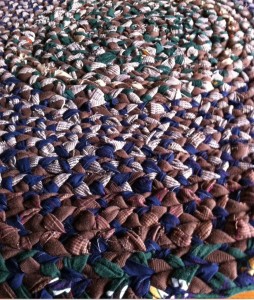 When Madison Gambacourt isn’t busy at TWD researching the green technology that will revolutionize how Canada manages its textile waste stream, she relaxes over sustainable creative projects at home.
When Madison Gambacourt isn’t busy at TWD researching the green technology that will revolutionize how Canada manages its textile waste stream, she relaxes over sustainable creative projects at home.
Her latest masterpiece is a rug made out of fabric scraps. The best part about this method, is it uses textiles that are beyond reuse quality. Thanks to creative methods like this, even textiles that may be destined for the dump or made into low value pillow stuffing can actually be used for something beautiful & useful! Her craftsmanship adds value to this material.
These methods have great potential for fair-trade artisans looking for creative products they can make using a free medium. The ready availability of these scraps allows for more profit generating potential for struggling artisans.
This process is time consuming, but for a dedicated crafter like Madison, that process is the whole joy. Its quiet, calming and easy on the mind, and yet challenging all at the same time. The end result is a stunning piece of art that has a useful purpose for years to come. If you give yourself enough time, these items make wonderful gifts.
Every pound of textile waste that is reused instead of made from raw material saves 717 litres of water. By making herself this rug instead of purchasing a mass produced raw material version, she helped conserve approx 3,585 litres of water!
Ideas: Make a bunch of these to donate to transition homes or domestic abuse shelters, to help furnish the new homes of their clients. You can also donate them to charity craft sales to help raise funds. Call your local Furniture Bank to see if their clients might like a handmade rug to warm up their homes.
Experiment! Try creating purses, appliqués’, wall decorations- this method can easily be expanded on!
How Madison Did It:
For a rug 35 inches in diameter, she used,
2 pairs of pants, 1 pair of shorts, 2 shirts, and she used every shred of them-nothing was thrown out. You can use any combination of used clothing, just ensure that they blend well, not only in colour, but in weight too.
Madison did a basic internet search to look up how to attach it all once you have all the braiding done. In her own words:
“So initially, I cut clothing into strips, and then sewed the strips end to end. (Three different piles) Then braided the piles together. After you have one massive long braid, then you coil it into whatever shape you want, (I did just circular, but you could do oblong too) and then you hand sew in between the coil so it all goes together.  Took a while, but I get jollies out of that sort of thing, so it’s more fun than it is work.”
Took a while, but I get jollies out of that sort of thing, so it’s more fun than it is work.”
Its that simple!
Isn’t it gorgeous?

